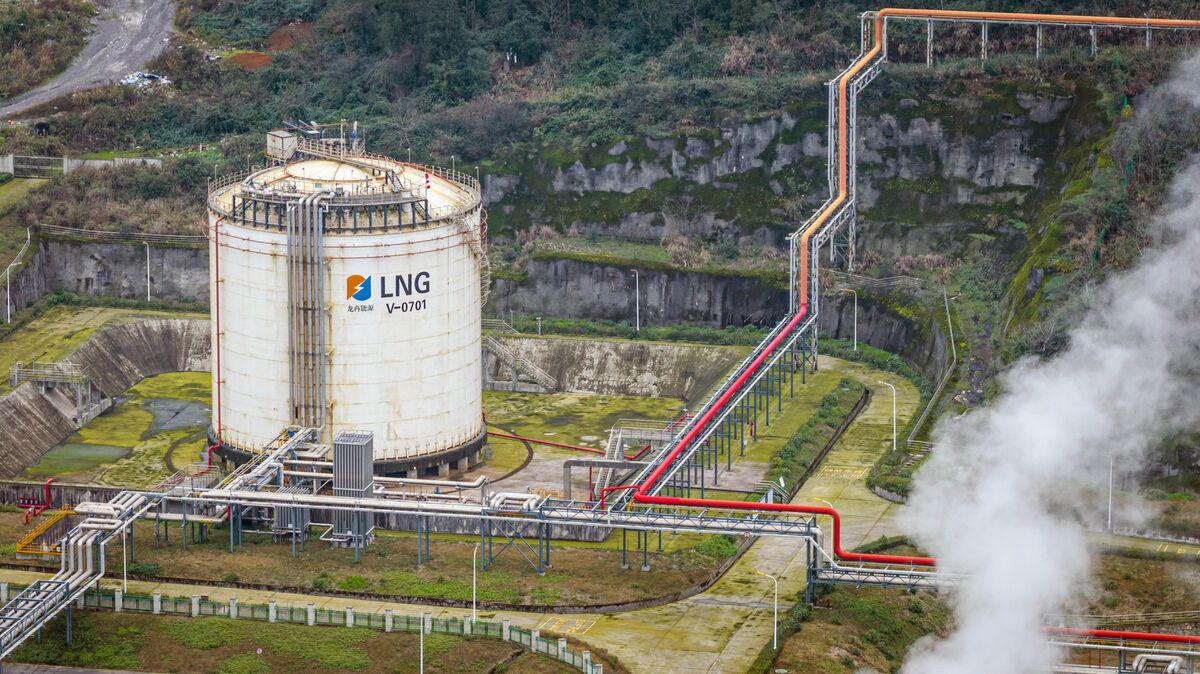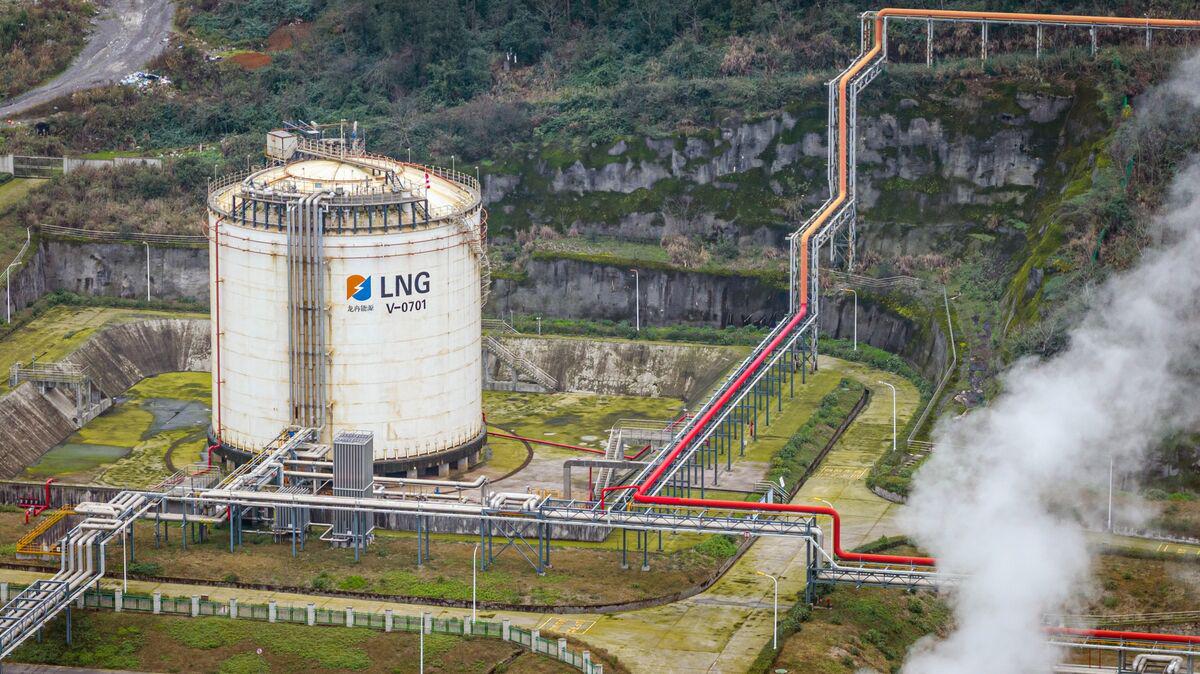
China is paying power plants to not burn natural gas, resulting in a 19% plunge in LNG imports year to date
https://www.bloomberg.com/news/articles/2025-08-19/china-s-limp-lng-demand-faces-more-hurdles-from-guangdong-reform
by Economy-Fee5830


China is paying power plants to not burn natural gas, resulting in a 19% plunge in LNG imports year to date
https://www.bloomberg.com/news/articles/2025-08-19/china-s-limp-lng-demand-faces-more-hurdles-from-guangdong-reform
by Economy-Fee5830
4 comments
#China’s Limp LNG Demand Faces More Hurdles From Guangdong Reform
China’s tepid imports of liquefied natural gas face further pressure after market reforms in the southern province of Guangdong that could cut demand for the fuel from power plants.
**The world’s biggest LNG buyer has already seen imports plunge 19% over the first seven months of the year, including a 6.7% drop in July,** as industrial demand remained weak and traders rerouted cargoes to markets willing to pay higher prices. Reduced consumption from electricity generators in Guangdong would only compound those woes.
**The powerhouse province, which has an economy bigger than South Korea, announced last month it would increase payments for gas-fired plants to remain on standby, while reducing subsidies for actually burning the fuel.** The move is in line with China’s broader policy of shifting fossil fuels to a back-up source of power that kicks in when intermittent wind and solar cut out.
At current price levels, the additional capacity payments and loss of subsidies basically even out when it comes to power plant finances, according to BloombergNEF. But they could alter generators’ behavior, making them less willing to fire up their turbines.
**“The moves could reduce utilization hours for gas-fired generation, further clouding China’s already sluggish outlook for LNG demand,” BNEF said in a report released last week.**
For all of China’s heft in the global gas market, the fuel still plays a relatively minor role in its power sector because it’s more expensive than coal or renewables. It accounted for just 3.3% of total generation last year, according to BNEF data. Still, the nation’s thirst for electricity is such that it produced more gas-fired power than any country bar the US and Russia.
And nowhere in China is gas bigger than Guangdong, which generated more power from the fuel than the next four biggest regions combined, according to a BNEF analysis of data from publicly traded utilities. Moreover, its coastal location means that seaborne LNG is at less of a price disadvantage compared to the gas piped overland from domestic or foreign fields.
As such, the wider gas market is looking to the province for clues on how the country might revive demand for the cleaner-burning but costly fuel, at a time when power prices are falling and China is angling to raise production at home.
This could also be due to the rather high price of Natural Gas at the moment.
Geopolitics in the background also have some play in why China would be doing this.
A friendly reminder, the country (China) has coal account for 55% of their energy needs.
Yay for wind and solar stabilizing the grid though.
If they’re reducing subsidies then they are stopping paying them to burn LNG, not paying them not to burn LNG.
Capacity payments are paying them to be ready to burn LNG when and if required.
China and other countries should replace Coal and HFO urgently. Natural Gas is a better alternative which can scale to meet demand capacity while progressing towards near 100% fossil-free pollution over time.
Comments are closed.